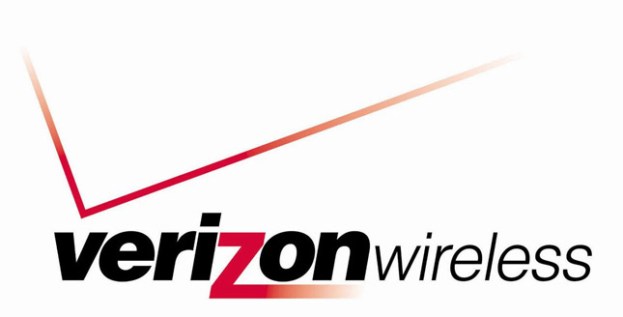
Verizon Wireless has purchased 122 spectrum licenses from a number of cable companies as it aims to bolster and expand its 4G LTE network, the company announced today. The licenses come from Comcast, Time Warner Cable and Bright House Networks, and were purchased for $3.6 billion in total.
The purchase is actually for shares of the company SpectrumCo, of which the cable giants each own a chunk. Comcast is selling its 63.6 percent share for $2.3 billion; Time Warner, which owns 31.2 percent is getting $1.1 billion from the deal; Bright House Networks is receiving about $189 million for its 5.3 percent share of SpectrumCo. This means that Verizon now owns, strangely, 100.1 percent of SpectrumCo. (We’re guessing that the numbers reported are simply rounded too high, meaning that the extra 0.1 percent is just an error.)
Dan Mead, president of Verizon Wireless, said the additional spectrum will help the company deliver greater access to its 4G LTE network, which currently ranks as the fastest wireless connection in the US, but is still not available to all customers nationwide.
“Americans deserve excellence from a wireless service provider, and innovative wireless companies plan ahead in order to deliver on that expectation,” said Mead in a statement. “Spectrum is the raw material on which wireless networks are built, and buying the spectrum now solidifies our network leadership into the future, and will enable us to bring even better 4G LTE products and services to our customers.”
In addition to the spectrum deal, Comcast, Time Warner, and Bright House Networks will resell Verizon wireless service, rather than create their own competing wireless network. The cable companies’ ambitions to step into the wireless business was the reason they owned the spectrum in the first place.
The US House and Senate are both currently considering bills that would give incentives to cable companies to release portions of their spectrum to the government, which would then put the spectrum up for auction for wireless companies to buy.
Verizon’s purchase of the spectrum must first be approved by the Federal Communications Commission before the deal will be allowed to go through.
The FCC recently allowed AT&T to withdraw its bid to purchase T-Mobile USA after the commission requested that a federal judge review the deal. The primary reason for AT&T wanting to buy T-Mobile was to increase its control of wireless spectrum — something it will need more than ever to compete against Verizon, if this deal is approved.
Updated with new information at 1:45pm ET


